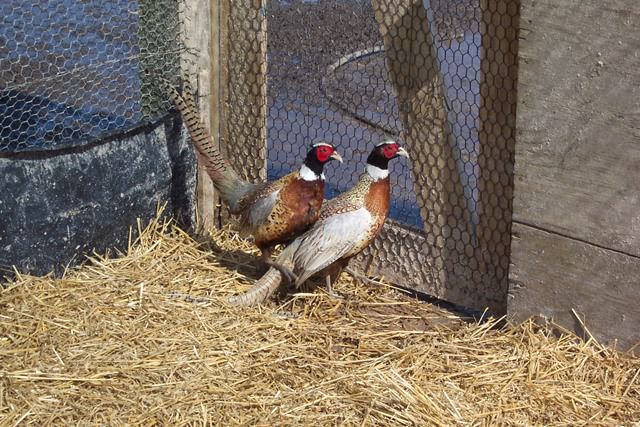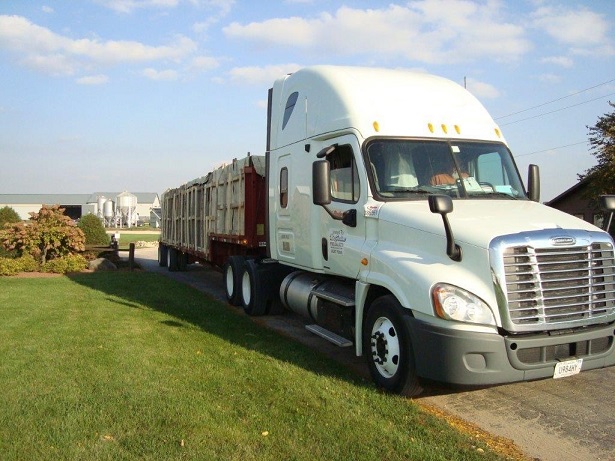Protecting Against Predators at MacFarlane Pheasants
Protecting our pheasants and other wild birds from rodents and other predators at MacFarlane Pheasants is a year-round job, but it becomes even more critical when we place our young birds in the outdoor pens. Rats, mice, hawks, foxes, skunks, and coyotes are our main concerns. We use a variety of processes to protect our birds.
- It is very important to make sure the pens are secure. We have to constantly check the pens for holes so that predators can’t get in and pheasants, and other wild birds we raise, can’t get out. Stray birds will attract these predators to the pens, and then the predators will work diligently to find holes in the pens.
- We have a full-time trapper that traps fox, skunks, and coyotes.
- The only cure to protect our birds from hawks is to make sure pheasants can’t get out of the pens.
- Daily farm checks are part of our defense against predators succeeding in getting at our pheasants. Employees check their assigned areas for strays, holes in nets, or chicken wire, and they also look to see how birds are positioned in the pens. If all of the birds are in one spot, there might be a predator in the pens, scaring them into those positions, or if they begin to see dead birds in the pens, the search for the predator begins.
- When flight pens are emptied, we bait for rats and mice (one time) to eliminate these rodents that carry disease and could make our birds sick. They also damage pens by chewing through nets and fencing. As pens are emptied for the season, poison is placed by each feeder for a minimum of 3 days (each day, new bait is added to where they are eating). Once the bait is uneaten for 3 days, any leftover is removed and placed in a different spot to continue the baiting process. Once pens have been baited, feeders are emptied to eliminate the food source (if you remove the food and water source before baiting, the rodents will move to a new location where food is available). Then we lose our opportunity to exterminate them. When we place the bait in the pens, it is essential to keep it from getting wet. Wet bait will rot and get moldy. Rats and mice will not touch this, and poison is very expensive. We drill a large hole in the poison lid for the rodents to get at the bait and still keep the bait from getting exposed to any outside elements.
Basic Preventatives:
- Keep a 3ft perimeter around the flight pens sprayed (tall grass/weeds is a haven for rodents and other predators.
- Continuously check nets and fencing for holes to prevent strays.
- Eliminate the feed spills in pens when feeding.
We have learned from years of experience that if you see rabbits everywhere, your predator population is under control! We raise our pheasants and other wild birds from hatched chicks to maturity. Our job is to keep them safe until we can deliver them to our customers. That is the number one reason we spend so much time planning to keep predators away from them.

Related Posts
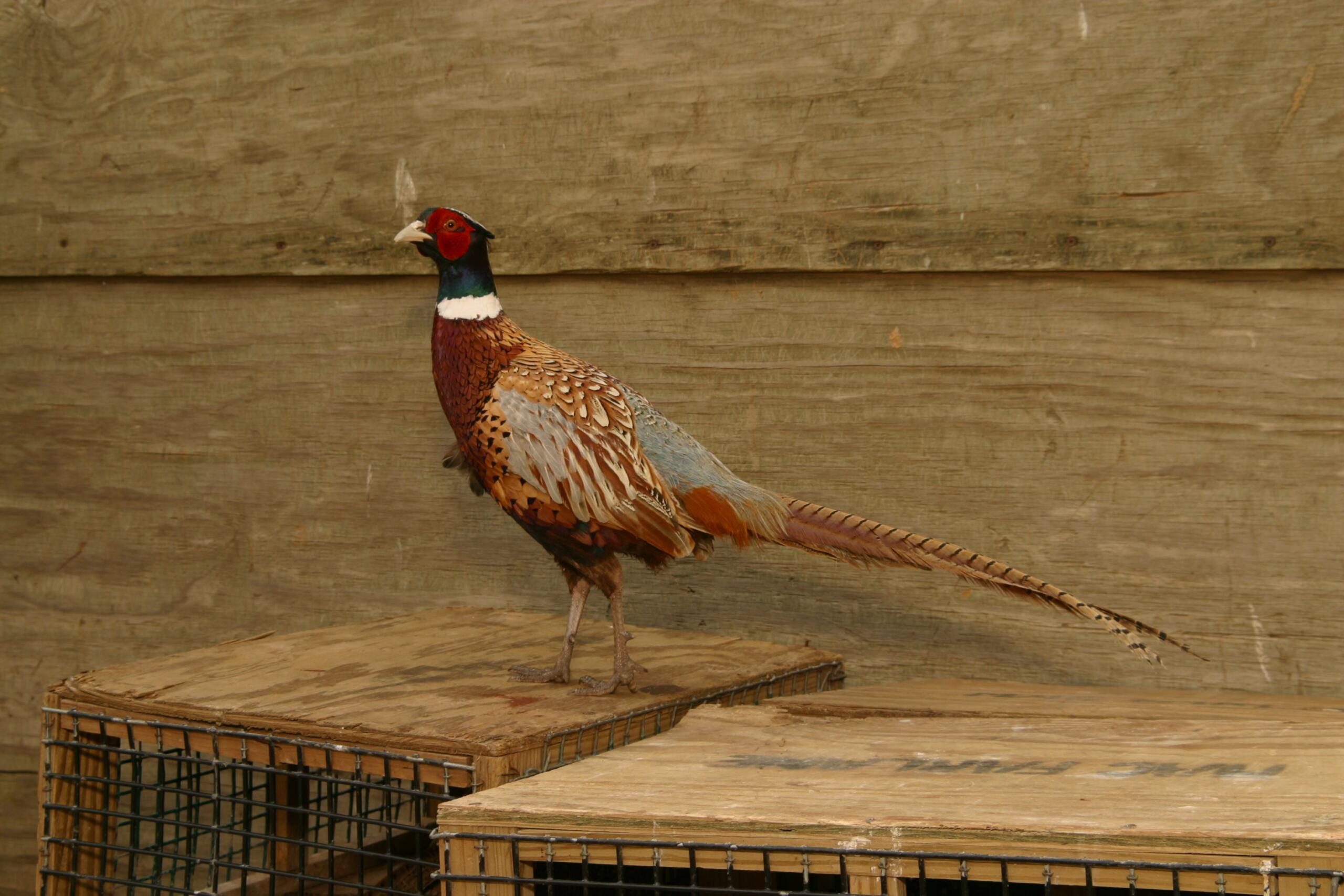
DuPont Financial Analysis Model
Read Post
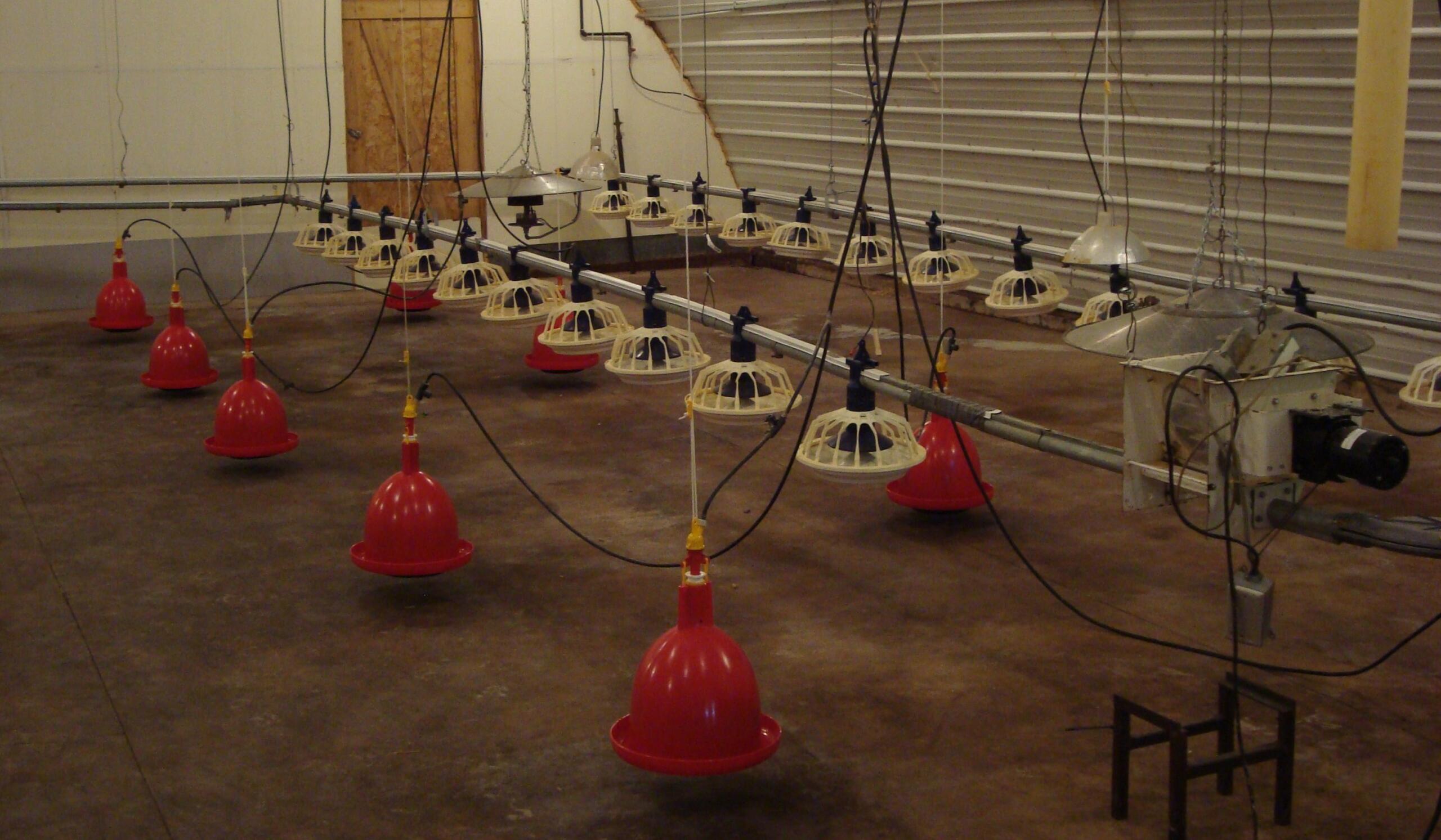
6 Feed and Water Procedures to Keep MacFarlane Pheasants Healthy
Read Post

Advice on what protein % feed to use for your pheasants.
Read Post

All Pheasant Feed Is Not Created Equal
Read Post
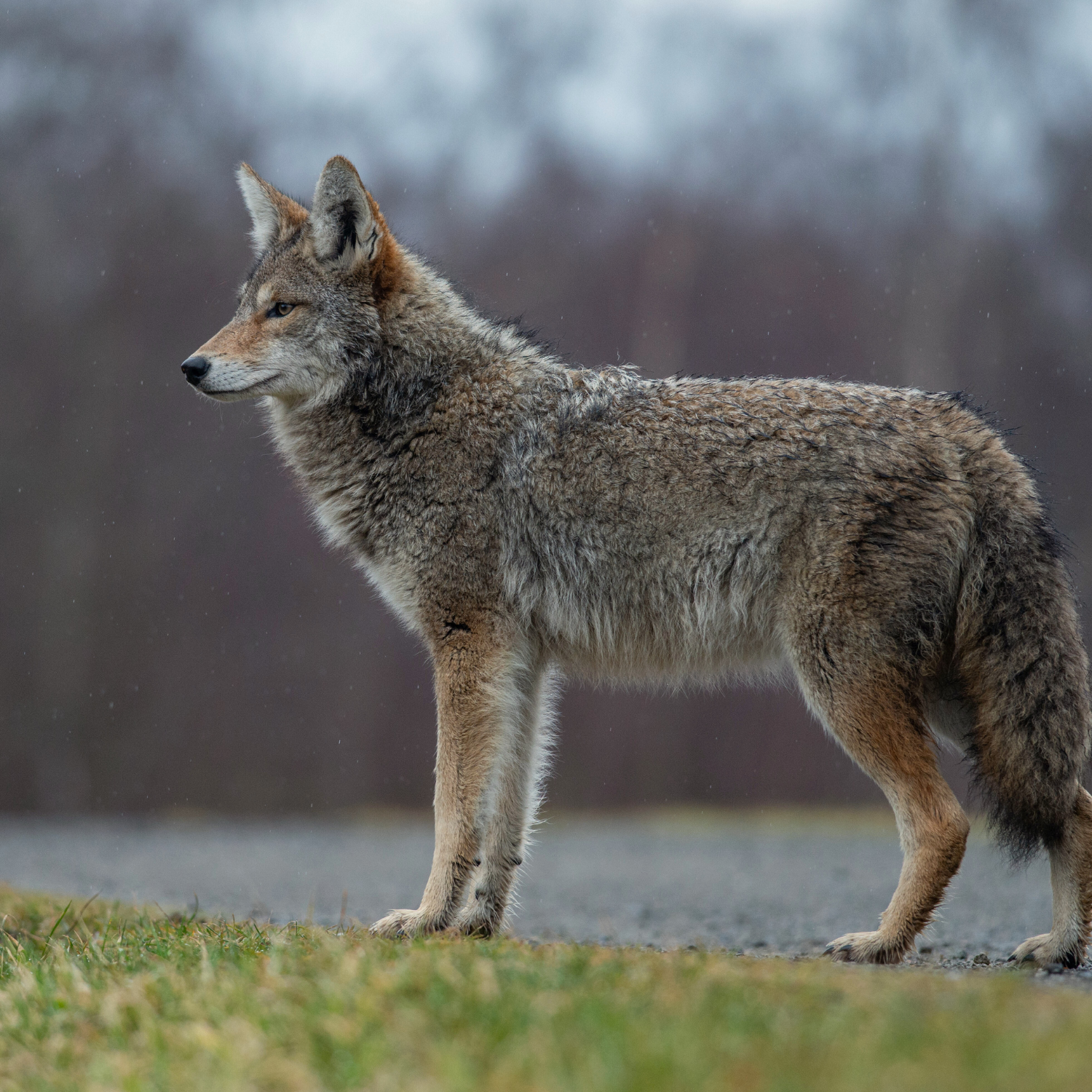
A Pheasant Farm’s Most Wanted List
Read Post
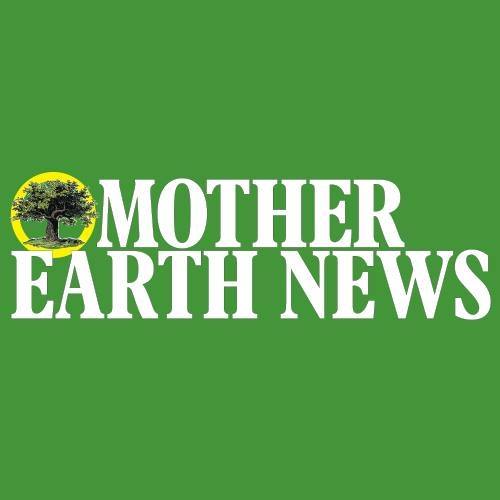
Bill MacFarlane Featured In Mother Earth News!
Read Post
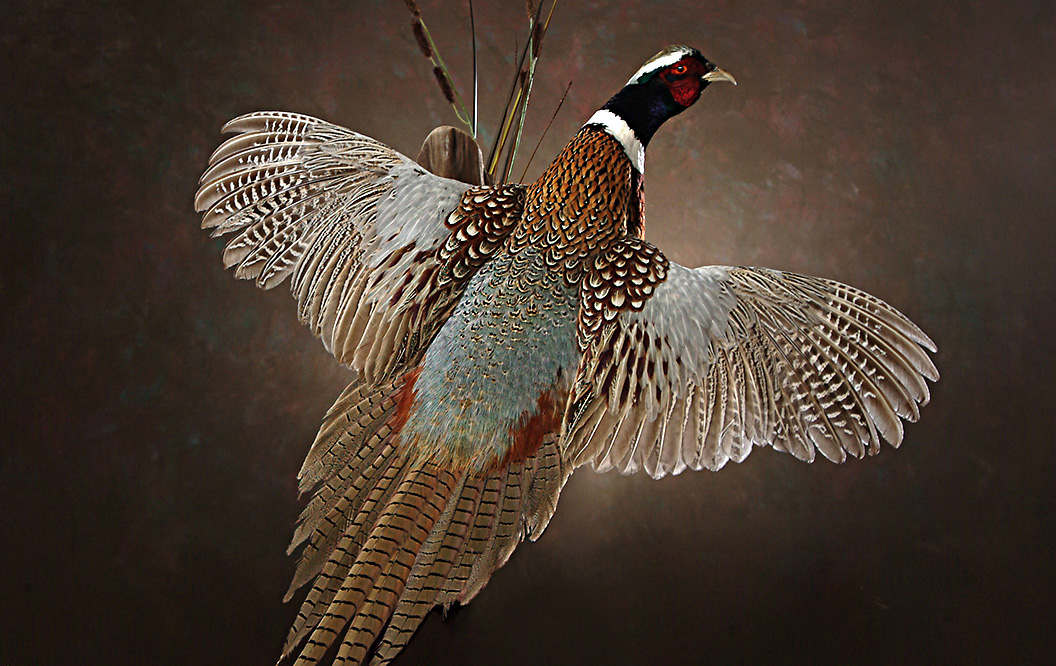
Birds For Mounting
Read Post
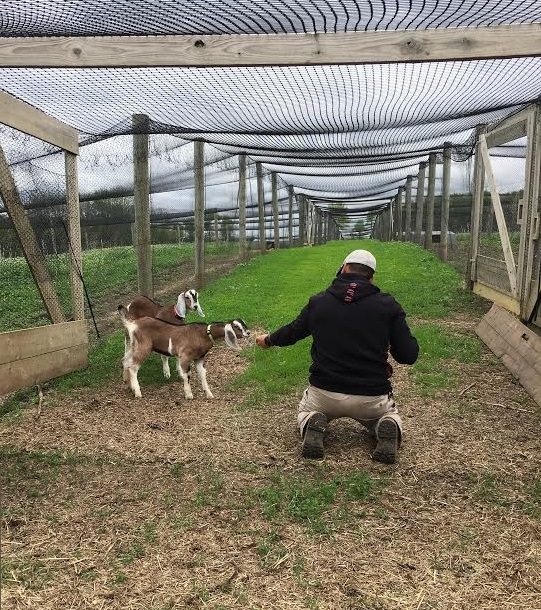
Can Goats Be Helpful on a Pheasant Farm?
Read Post
Take Advantage of These Free Resources
As the biggest game bird farm in the United States, we want to share our experience with you. Download our free resources below and get started.

